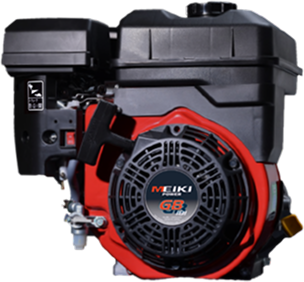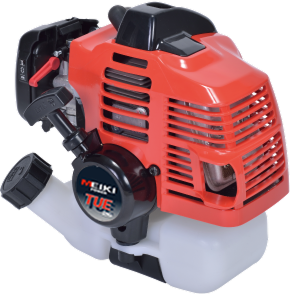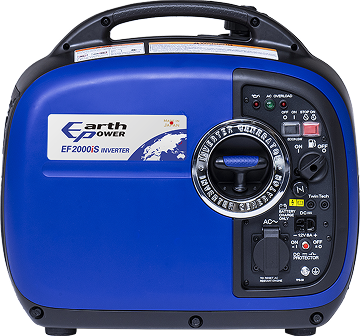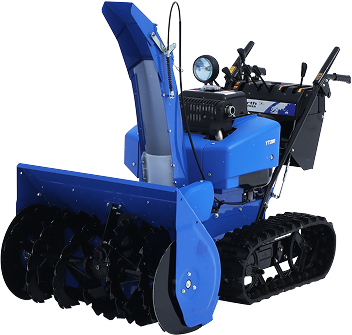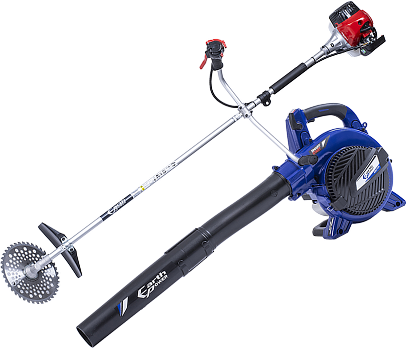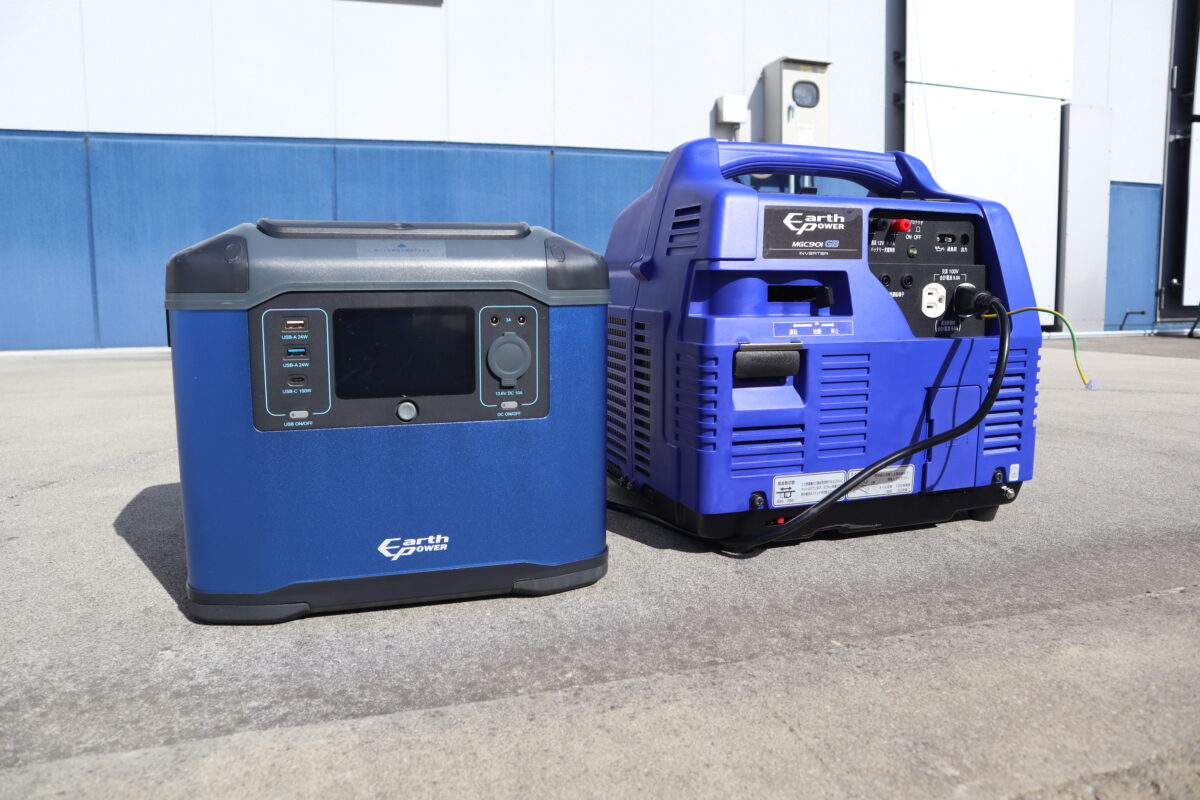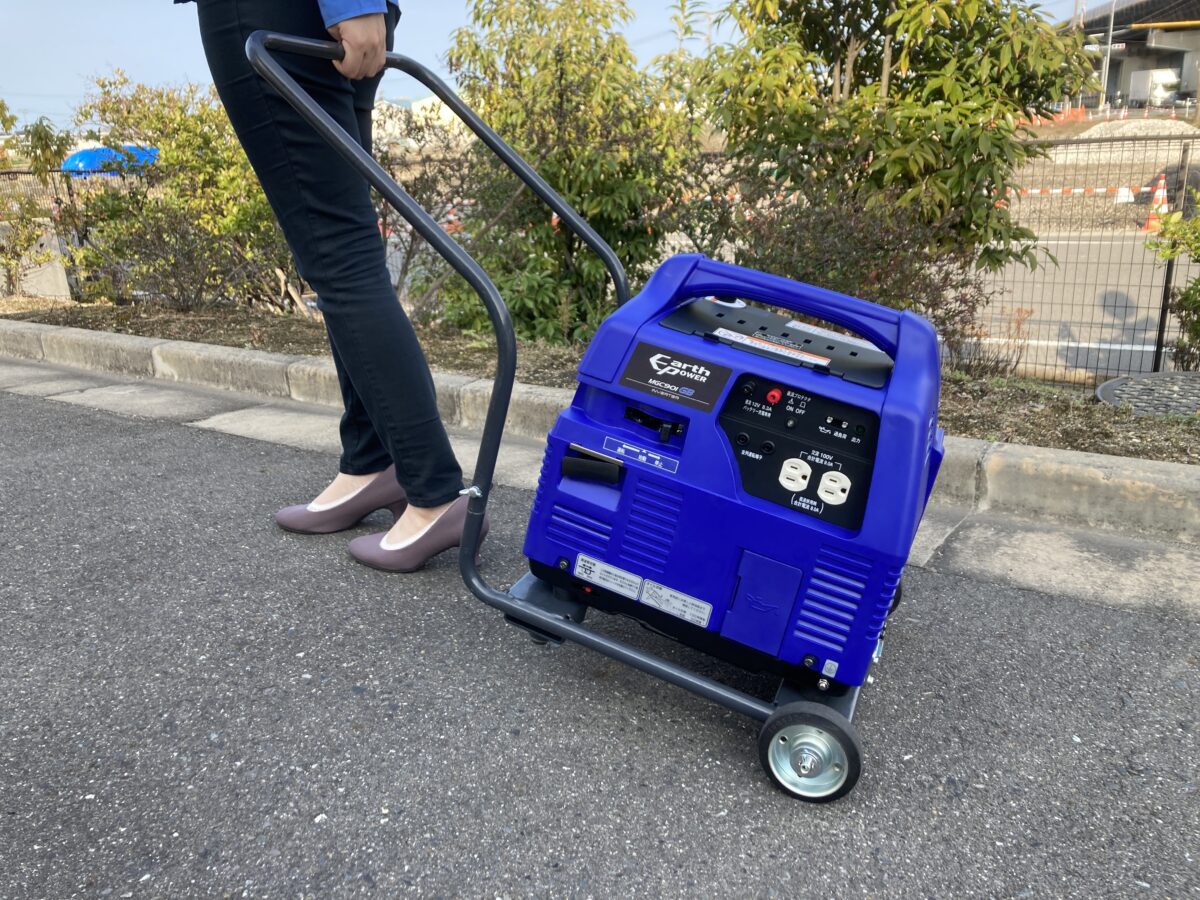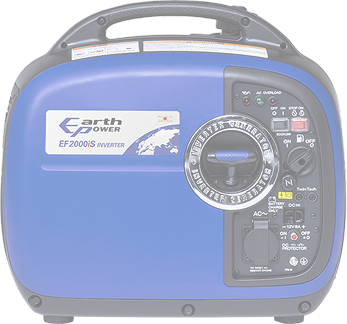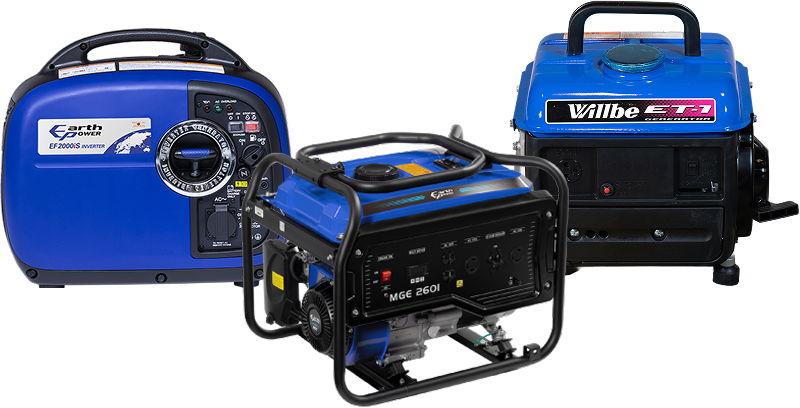The following describes generators according to usage/scenario and explains how to select the correct generator.
STEP.1Determine when, where, and how it will be used.
Identify the usage scenario and purpose to consider which type of generator is best.
Camping
Compact, quiet model

DIY, construction
High-output model
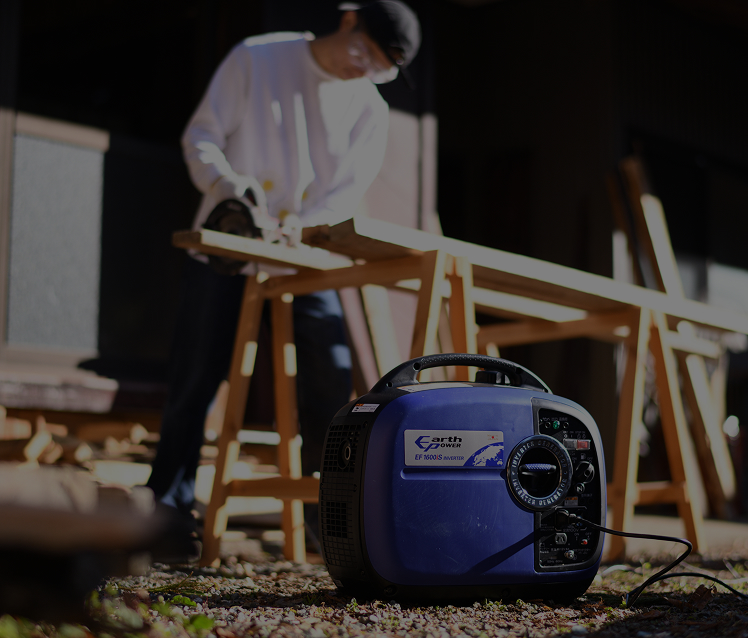
Emergencies
High output capable of
handling high-load equipment
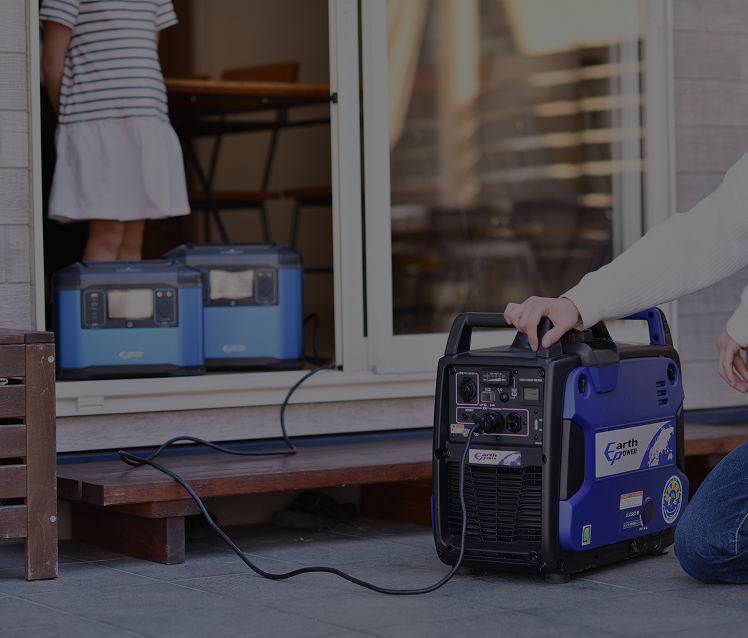
STEP.2Check the power consumption and startup power of the electrical devices.
Check the power consumption and startup power of the electrical devices you plan to use. Be aware that some products require more power to start than operate. Some devices require 3 to 4 times more power to start than indicated for their consumption.
| Electrical device | Power consumption (W) |
Estimated startup power (W) |
|---|---|---|
| Laptop computer | 200W | 200W |
| TV (37 inch) | 300W | 300W |
| Coffee maker | 650W | 650W |
| Electric pot | 1,000W | 1,000W |
| Halogen heater | 1,000W | 1,000W |
| Household rice cooker | 1,300W | 1,300W |
| Hot plate | 1,300W | 1,300W |
| Electrical device | Power consumption (W) |
Estimated startup power (W) |
|---|---|---|
| Household fan | 50W | 100W |
| Halogen light | 250W | 500W |
| Electric drill | 300W | 600W |
| Impact wrench | 500W | 1,000W |
| Electric circular saw | 600W | 1,200W |
| Microwave | 1,000W | 1,800W |
| Electric planer | 1,200W | 2,400W |
| Nail gun | 1,500W | 3,000W |
| Electrical device | Power consumption (W) |
Estimated startup power (W) |
|---|---|---|
| Household refrigerator (small) | 100W | 400W |
| Small cooler | 200W | 800W |
| Household refrigerator (large) | 250W | 1,000W |
| Electric lawn mower | 400W | 900W |
| Mercury lamp | 400W | 1,600W |
| Submersible pump | 500W | 2,000W |
| Air compressor | 750W | 3,000W |
STEP.3Select a suitable generator after totaling the startup power.
Add up the startup power of the electrical devices to be used to find a model that provides enough power. Compare the power with the rated output in the catalog. The rated output is the power that can be stably provided by the generator, and it is represented in VA.

Clip light
Power consumption: 100 W
Startup power: 300 W

TV (37 inch)
Power consumption: 300 W
Startup power: 300 W
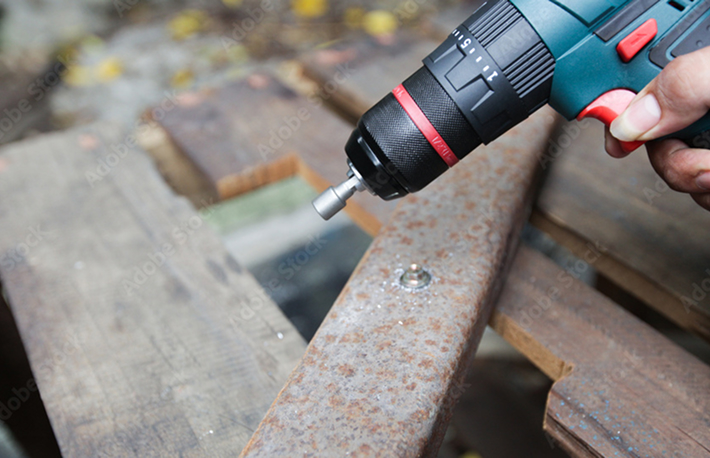
Impact wrench
Power consumption: 500 W
Startup power: 1000 W
Total power consumption 900WTotal startup power 1600W
You must use a generator with at least
a 1600 VA output
STEP.4Select a model with the same frequency as the electronic devices.
Inverter generators have a switch for switching between 50 Hz and 60 Hz, allowing them to be used with electrical products of either frequency. Other generators require determining the compatible frequency in advance. Confirm the frequency of the electrical products before purchasing the generator.
Useful terminology
- Inverter
- Device that changes direct current into alternating current. Inverter generators change power generated in alternating current into direct current and back to alternating current.
What is an inverter?
- A device that stabilizes output according to frequency
- In order to correctly operate electric devices such as a computer or microcontroller, there should be little variance in the frequency and voltage. A quality supply of electricity is required. Inverters make this possible.
In simple terms, an inverter changes direct current into alternating current. Generators equipped with an inverter generate power in alternating current, and use a converter to change it into direct current. Then, the inverter changes it back to alternating current again from direct current, but it controls the frequency to prevent variance in the output.
- Open type/Soundproof type
- Generators with a cover to suppress noise from the engine are soundproof generators, whereas generators without a covering a open generators.
- Parallel operations
- The EF1600is and EF2000is can be connected to other units of the same model with a specialized cord to operate in parallel and increase the output. The advantage is being able to use one or two units according to the required power output.

